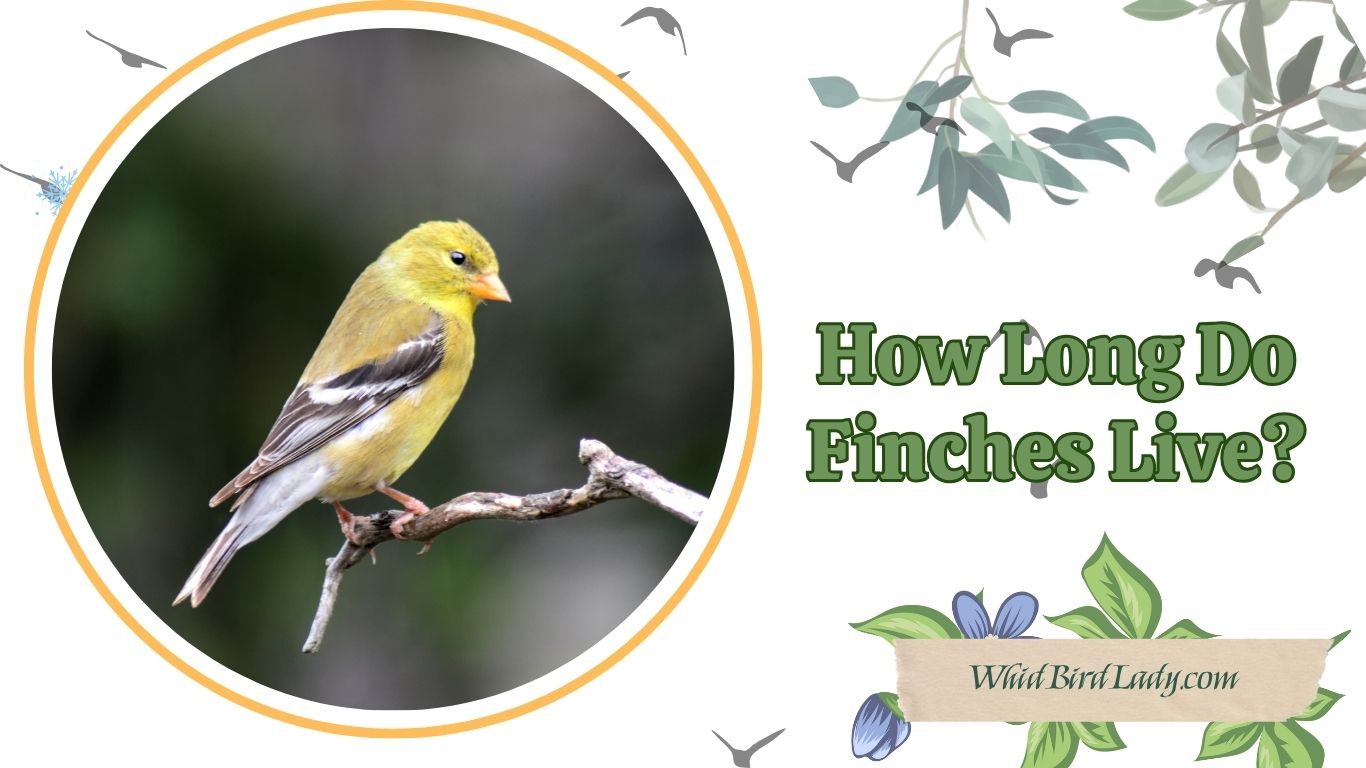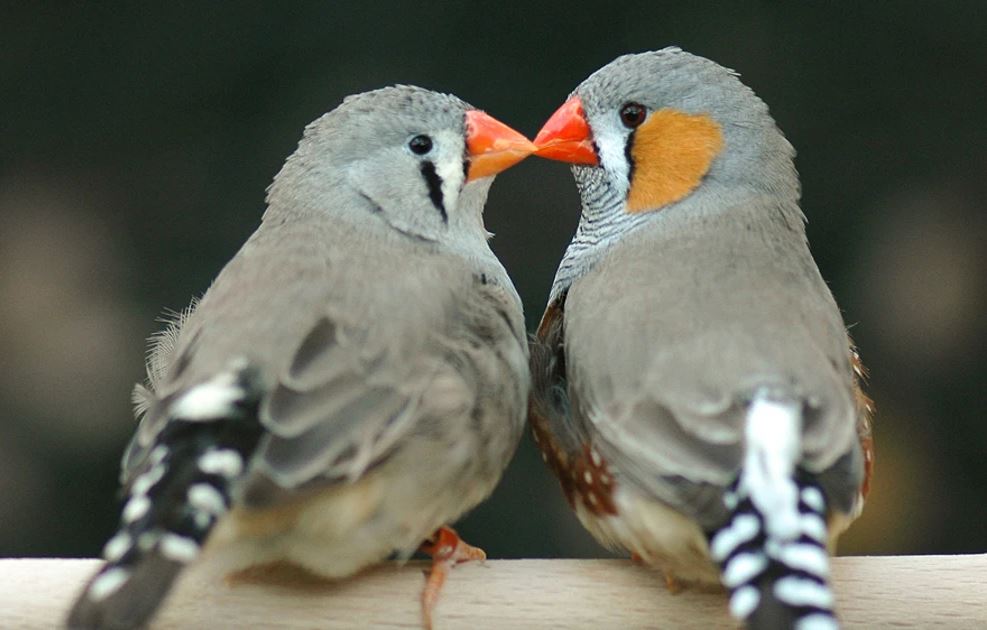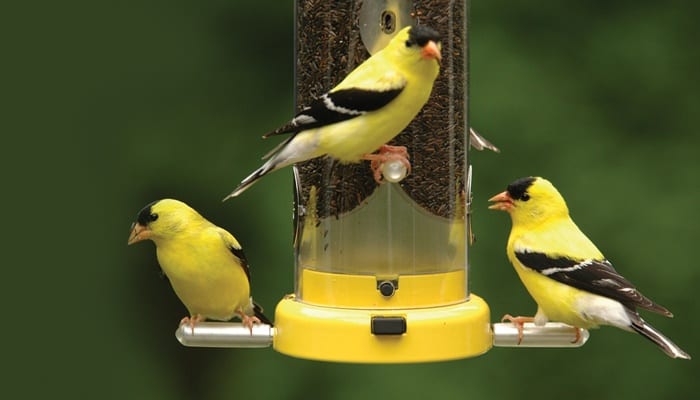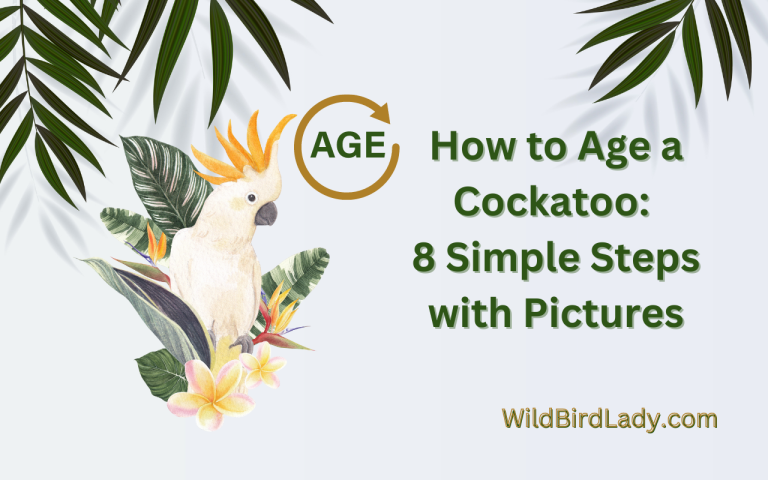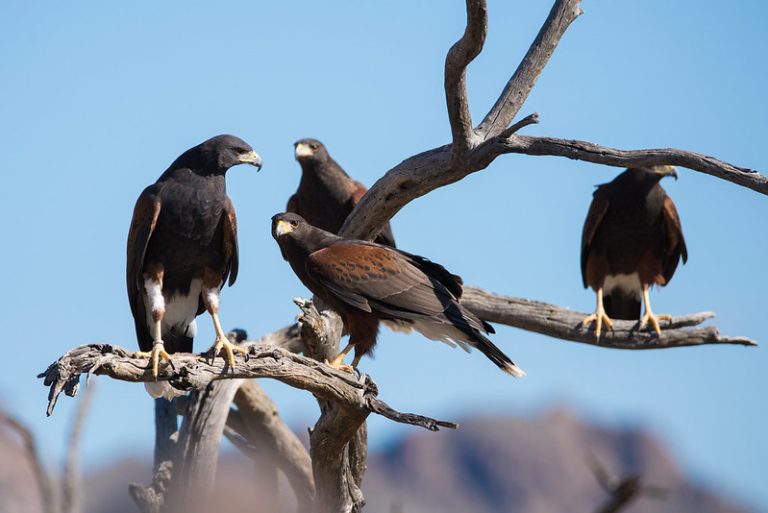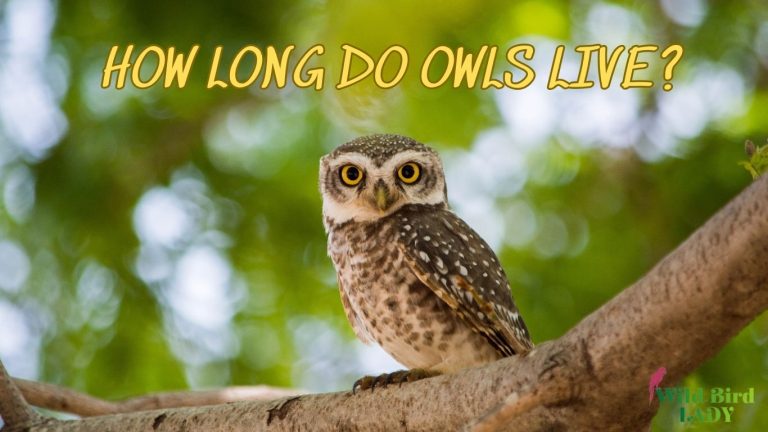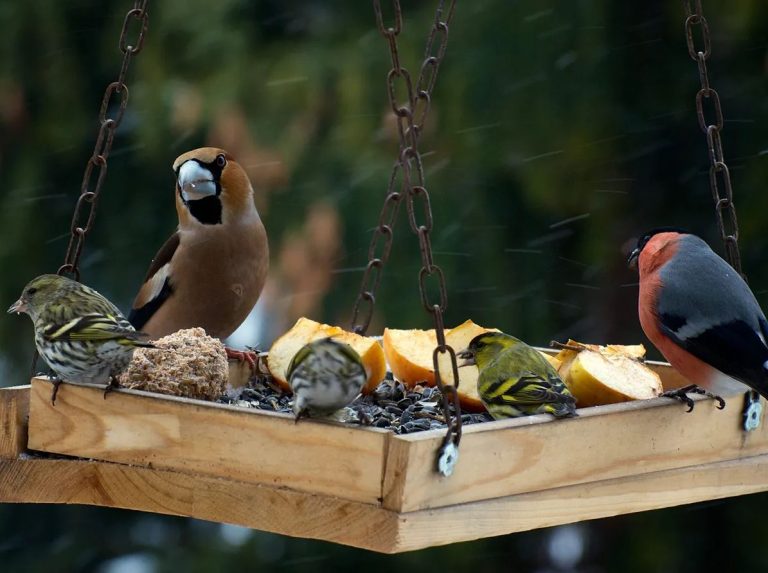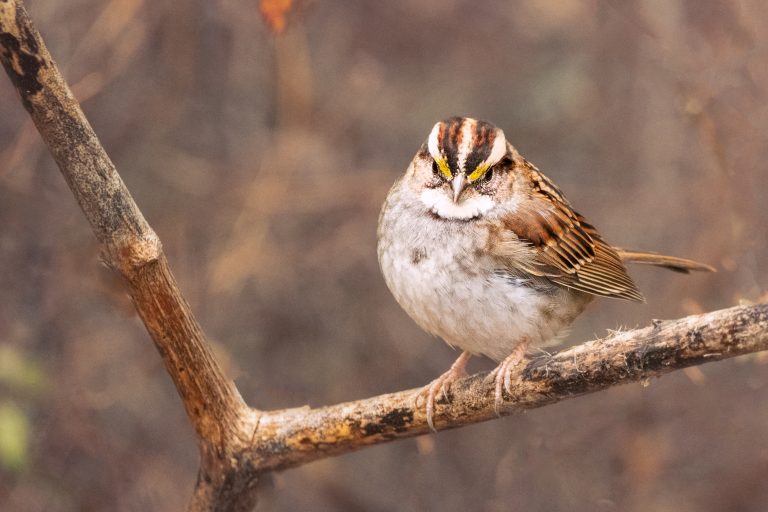How Long Do Finches Live? Discover the Lifespan of These Colorful Songbirds
By Rifat Ahmed – Birdwatching Enthusiast with 13+ Years of Experience
If you’re anything like me, you’ve probably stood still in the morning light, watching a tiny, energetic finch flit from branch to branch, chirping joyfully like it’s celebrating life itself. Over the past 13 years of birdwatching, I’ve had the privilege of observing many finches—House Finches, Goldfinches, Purple Finches, and more—and one of the questions I hear most often is: “How long do finches live?”
It’s a great question, and the answer might surprise you.
Finches at a Glance: Small but Mighty Songbirds
Finches are a diverse family of songbirds belonging to the Fringillidae family. You’ll find them on every continent except Antarctica. While they vary in appearance, most finches are small, seed-eating birds with conical beaks, known for their cheerful songs and adaptability to both wild and urban environments.
Some of the most common species include:
- House Finch (Haemorhous mexicanus)
- American Goldfinch (Spinus tristis)
- Purple Finch (Haemorhous purpureus)
- Zebra Finch (Taeniopygia guttata) – often kept as a pet
- Gouldian Finch (Erythrura gouldiae)
Understanding the lifespan of these birds means taking into account their species, environment, and whether they live in the wild or in captivity.
So, How Long Do Finches Live?
Average Lifespan in the Wild
In the wild, most finches live between 3 to 6 years. However, some individuals defy the odds and live up to 10 years or more, especially when they avoid predators and diseases.
Let’s break it down by species:
| Species | Average Lifespan (Wild) | Max Recorded Lifespan |
|---|---|---|
| House Finch | 4–6 years | 11 years, 7 months1 |
| American Goldfinch | 3–6 years | 10 years, 5 months1 |
| Purple Finch | 4–5 years | 8 years, 9 months1 |
| Zebra Finch (wild) | 2–3 years | 5+ years |
| Gouldian Finch (wild) | 4–6 years | 8+ years |
Lifespan in Captivity
In captivity—where finches are free from predators, have consistent food, and receive veterinary care—lifespans can double or even triple.
- Zebra Finches can live 8–10 years in captivity.
- Gouldian Finches may reach 10 years or more with excellent care.
- Even House Finches, though less commonly kept as pets, can live up to 12–14 years if raised in a controlled environment.
From my own experience, a friend and fellow bird lover once raised a pair of Zebra Finches that lived to be 11 and 12 years old, respectively—proof that under ideal conditions, these tiny birds can lead long, fulfilling lives.
Factors That Influence a Finch’s Lifespan
There’s no single answer to how long a finch will live. Instead, their lifespan depends on a combination of internal and external factors:
1. Species and Genetics
Some species are naturally longer-lived due to evolutionary traits. For example, the Gouldian Finch—though colorful and delicate—can have a relatively long lifespan with proper care, while Zebra Finches tend to live shorter lives in the wild due to their high reproduction rate and vulnerability.
2. Predation and Accidents
In the wild, predators such as hawks, cats, and snakes take a heavy toll on finches. Even window collisions in urban areas (something I’ve sadly witnessed too often) can be fatal.
3. Food Availability
Malnutrition significantly shortens a finch’s life. In the wild, they depend on a mix of seeds, fruits, and insects. A bad winter or habitat loss can mean starvation. In captivity, a well-balanced diet including seeds, greens, eggshells (for calcium), and supplements makes a huge difference.
4. Diseases and Parasites
House Finch Eye Disease (caused by Mycoplasma gallisepticum) has had devastating impacts on populations. According to All About Birds, this disease spreads quickly through feeders if not regularly cleaned.
5. Stress and Environment
Whether in the wild or captivity, chronic stress reduces lifespan. Stressors include:
- Poor air quality (especially for indoor birds)
- Inadequate space
- Loud noises
- Lack of companionship (many finch species are social)
Wild vs. Captive Finches: A Deeper Comparison
Wild Finches
- Pros: Natural diet, freedom of movement, ability to migrate and mate freely.
- Cons: Exposure to predators, weather extremes, diseases, and food shortages.
Captive Finches
- Pros: Protection from danger, consistent food and water, access to healthcare.
- Cons: Risk of boredom, obesity, and psychological stress if kept in poor conditions.
When kept responsibly, captivity can extend a finch’s life—but it must mimic their natural needs as closely as possible. This includes providing natural sunlight or full-spectrum light, space for flight, fresh water, and stimulation through perches, toys, and interaction.
How to Help Finches Live Longer: Birdwatcher & Pet Owner Tips
Whether you’re enjoying finches in your backyard or keeping them as pets, there are several ways to support their health and longevity:
For Wild Finches:
- Keep feeders clean: Wash with a 1:10 bleach solution weekly to prevent disease spread.
- Offer high-quality seed: Nyjer (thistle) and sunflower seeds are favorites.
- Provide fresh water: Birdbaths or shallow water dishes help in all seasons.
- Plant native shrubs and trees: These offer food and safe nesting sites.
- Avoid pesticides: These harm both birds and the insects they feed on.
For Pet Finches:
- Choose a spacious cage: Finches are active fliers and need horizontal space.
- Keep in pairs or groups: They are social and need companionship.
- Offer varied nutrition: Supplement seed with vegetables, boiled eggs, and occasional fruit.
- Maintain cleanliness: Clean the cage, bowls, and perches regularly.
- Minimize stress: Place the cage in a quiet, draft-free area with natural light cycles.
How to Attract Finches to Your Backyard
One of the most rewarding experiences for any bird lover is turning their backyard into a safe haven for finches. Over the years, I’ve experimented with different feeder types, plants, and placement strategies—and I can say with confidence that a few small changes can make a big difference.
Here’s how you can successfully attract these lively songbirds to your outdoor space:
1. Offer Their Favorite Foods
Finches are primarily seed-eaters, and their top choice is Nyjer (also called thistle seed). This tiny black seed is rich in oil and especially loved by American Goldfinches and Purple Finches.
- Use a Nyjer feeder with small holes to prevent spillage.
- Black oil sunflower seeds are also a favorite of House Finches.
- Avoid seed mixes with fillers like millet or cracked corn, which attract larger, more aggressive birds.
💡 Tip: Keep seeds fresh and dry. Spoiled seeds can make birds sick and drive them away.
2. Choose the Right Feeder
Finches prefer tube-style feeders with perches or mesh sock feeders where they can cling while feeding.
- Hang feeders at least 5 feet above the ground to reduce access by cats and rodents.
- Place feeders near shrubs or trees for shelter, but with enough open space for a quick escape from predators.
3. Plant Finch-Friendly Vegetation
Beyond feeders, natural food sources and shelter make your yard much more attractive.
Great native plants for finches:
- Purple coneflower (Echinacea)
- Black-eyed Susan (Rudbeckia)
- Sunflowers
- Dandelions (don’t mow them all!)
- Alder and birch trees
These not only produce seeds but also attract insects—another important food source, especially for nesting birds.
4. Provide Fresh Water
A clean birdbath is essential. Finches need water for both drinking and bathing, especially in warmer months.
- Choose a shallow basin with gently sloping sides.
- Change the water daily to prevent mosquitoes.
- In winter, consider a heated birdbath to keep water from freezing.
5. Keep Feeders Clean
Finches are vulnerable to diseases like finch eye disease, which spreads rapidly at feeders. Clean your feeders with a 1:10 bleach solution weekly, rinse thoroughly, and allow them to dry before refilling.
6. Be Patient and Consistent
It can take time for finches to discover your yard, but once they do, they often return year after year—especially if they raise chicks nearby.
📝 From my experience: The first time I hung a Nyjer sock feeder on my balcony, it sat untouched for nearly two weeks. Then one morning, a single male goldfinch landed—and by the next week, I had a dozen visiting daily. Consistency and care truly pay off.
My Personal Experience: Watching Generations of Finches
I’ve been observing a family of House Finches nesting in a maple tree near my balcony for over five years now. Each spring, I watch new fledglings emerge, and some even return the following year to nest in the same tree. It’s heartwarming—and a reminder that, with the right conditions, finches can thrive and form multigenerational communities right in our neighborhoods.
One fledgling I banded with permission and tracked survived for nearly 7 years, an impressive age for a wild House Finch. It’s little stories like these that make birdwatching more than a hobby—it’s a window into the lives of creatures whose resilience is easy to underestimate.
Frequently Asked Questions (FAQs)
Do male or female finches live longer?
Generally, there’s no significant difference between the sexes, though in captivity, males may appear longer-lived because they often show fewer signs of stress.
Do finches recognize humans?
Yes! Especially captive finches or wild ones regularly fed by the same person. They may not “bond” like parrots, but they certainly remember.
How can I tell if a finch is aging?
Older finches may slow down, lose color vibrancy, and show wear on feathers. They may also sleep more and sing less.
Can finches live alone?
It’s strongly discouraged. Most finches are highly social and can become depressed in isolation, which negatively affects lifespan.
Final Thoughts: Small Birds with Big Lives
So, how long do finches live? While the answer depends on many variables, one thing is certain—with care, awareness, and a bit of luck, finches can live rich and meaningful lives.
As bird enthusiasts, whether we observe from our windows or raise finches in our homes, our role is to respect and support these tiny marvels. A well-kept feeder or a properly set-up cage may be the simple difference between a short life and a thriving one.
If you ever spot a bright yellow goldfinch or a dusty-red house finch singing its heart out in the trees, pause for a moment. Behind those feathers is a life full of challenges, songs, and stories—and you now know just how precious and long that life can be.

